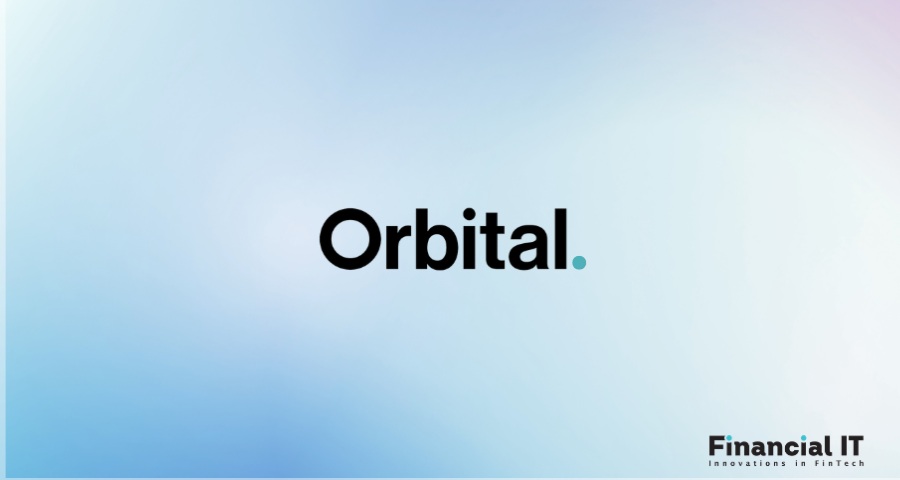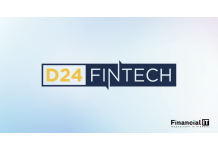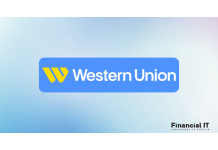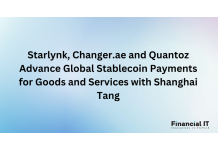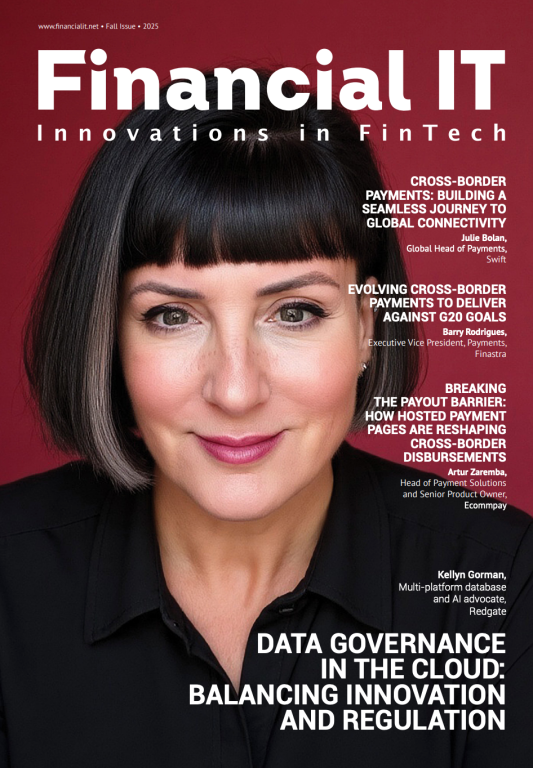Finmo and Standard Chartered Partner to Integrate...
- 13.11.2025 10:45 am
Ripple Teams Up With Mastercard, WebBank, and Gemini...
- 06.11.2025 06:35 am
Trust Wallet Joins Forces with Onramper to Drive...
- 31.10.2025 11:25 am
Crypto Gaming and NFT ETF Will Be the Next Wave of...
- 30.10.2025 10:05 am
Western Union Announces USDPT Stablecoin on Solana and...
- 29.10.2025 08:40 am
Equals Money x Railsr and BVNK Enable Fast USDC...
- 27.10.2025 09:55 am
Zelle® Goes International: Early Warning Expands $1T...
- 27.10.2025 08:55 am
Stablecoins Unlock New Pathways of Economic Growth and...
- 23.10.2025 10:55 am
Cybrid Raises $10M to Power Stablecoins for Financial...
- 23.10.2025 09:15 am
ACI Worldwide and BitPay Partner to Power Crypto and...
- 16.10.2025 09:15 am
U.S. Bank Selected to Provide Custody Services for...
- 09.10.2025 10:15 am
Starlynk, Changer.ae and Quantoz Advance Global...
- 06.10.2025 11:35 am

